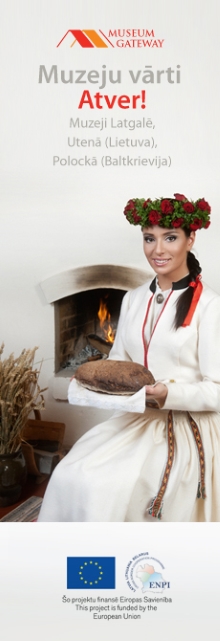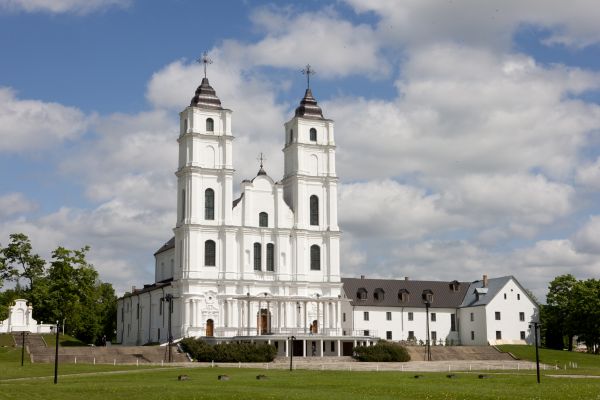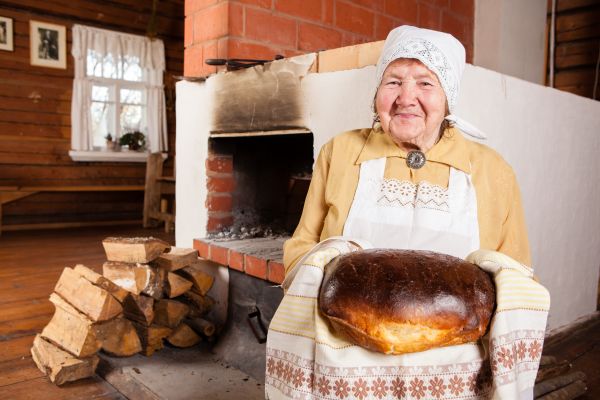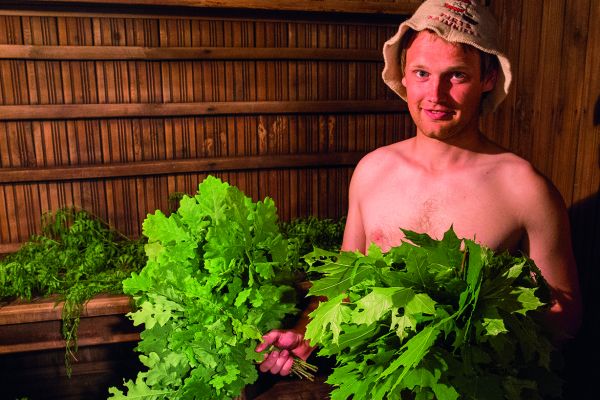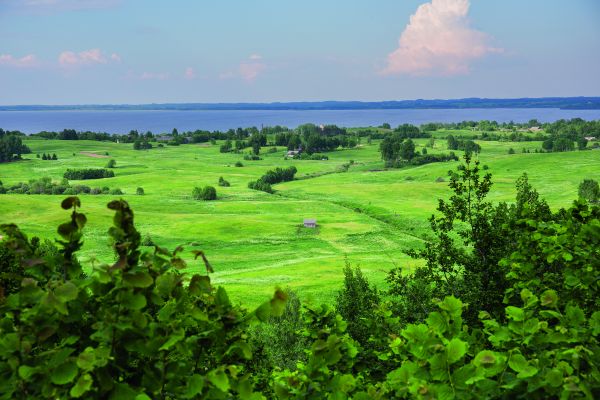•
•
| Sort by by rating | Advanced search |

"Pastari", Stabulnieku pagasts, Riebiņu nov., LV 5320
Mob.phone: 371 29464960, 26465998
It is unique, because it is the only one reconstructed mill of Dutch style with the turned mechanism of screen in Latvia.

Daļa no Odu, Tirgus, Baznīcas, Tālavijas, Kr. Barona, Stacijas, J.Soikāna ielām., Ludza, Ludzas nov., LV 5701
Phone: 371 657 07203. Mob.phone: 371 29467925
The architectural monument is on national town planning defense. It is wooden one-storied building from 19. century, which is characteristic for Latgale. It was previous marketplace. The guids of local history museum of Ludza acquaint with this object during the excursion of Ludza town.

Rīgas iela 22a, Daugavpils
Phone: +371 65426000
Vienības nams (The house of unity) - cultural, rest and business centre (Rīgas street 22a). The biggest building in Baltic, which was built since independence of Latvia. It was projected by architector V. Vitands. The foundation-stone of building was placed by president of Latvia Kārlis Ulmanis.

Zemgale, Demene parish, Daugavpils region, Augšdaugavas nov.
Mob.phone: +371 27146299
It was confirmed in 2006. The church is located in the building of previous estate and Zemgale station buildings. (1928.)

Zilupe, Zilupe, Zilupes nov., LV 5751
Mob.phone: +371 29593089
In 1934. the bishop Rancāns confirmed the renewed form of the old wooden church, which was transported from Raipole. It has 2 bell-towers and built sacristy.


Rusonas pagasts, Riebiņu nov., LV-5329
Castle mound of Šņepsti, the Large hill, is located on the left side of Preiļi - Aglona road (when going from Preiļi).
The hill that resembles a prolonged bread loaf, is 19 meters high. In the South-West side it was fortified with ditches, between which an ascend to the castle mound plateau was located. The plateau and the South descend have been cultivated from ancient times, that is why the dark black cultural layer, that covered the upside of the castle mound, has been mixed and ploughed downwards. The castle mound was destroyed largely by those who were seeking antiques. The local farmers for some Bogomoļeca father in Jaunā manor would carry lots and lots of antiques they found in the castle mound in order to get money. Latvian History musem still holds two oval 5th century lighter stones and other antiques. Some items found in the castle mound currently can be viewed in a musem in Vilnius, Lithuania. A tale tells, that there were two doors on the sides of the castle bound. Behind it a young girl sat with a black dog by her feet. The girl had to collect berries from a thorn bush for seven years. In other tales it was said, that she had lended her money for the local people for some time. One of them didn't pay it back on time and he was tormented be devils.














